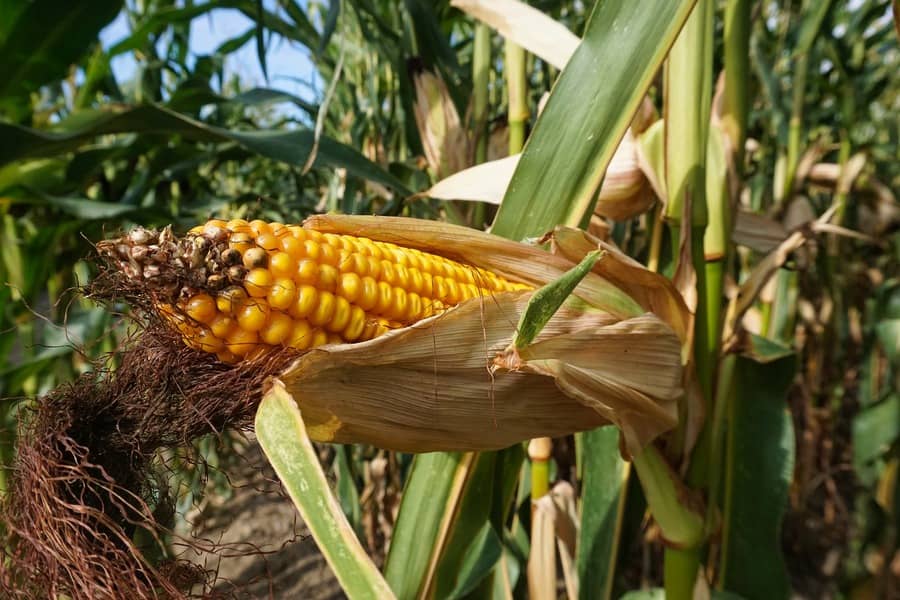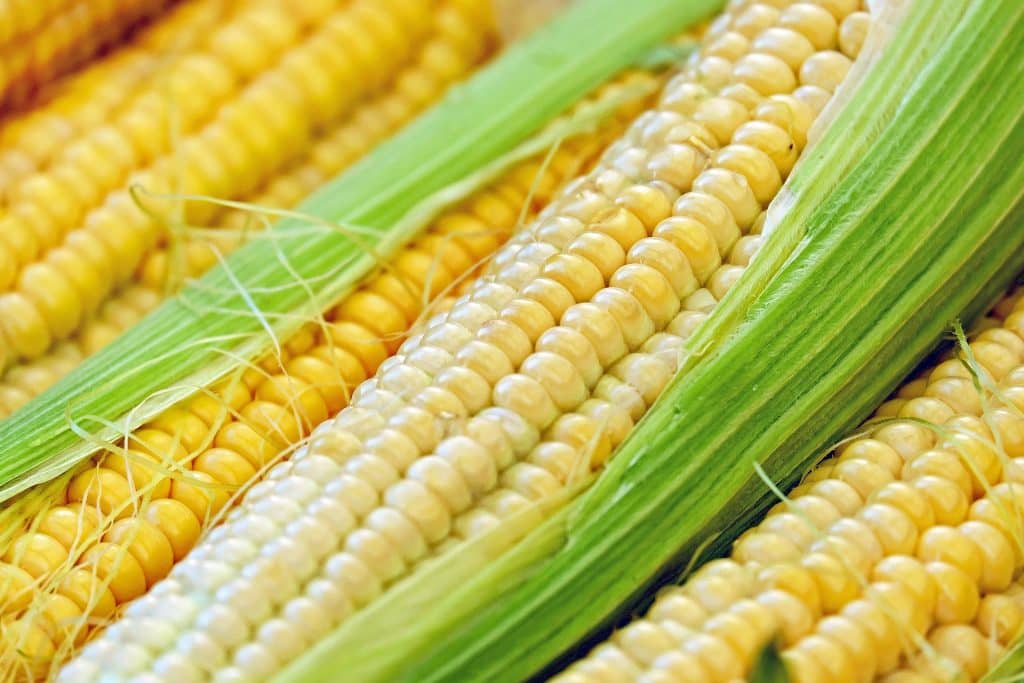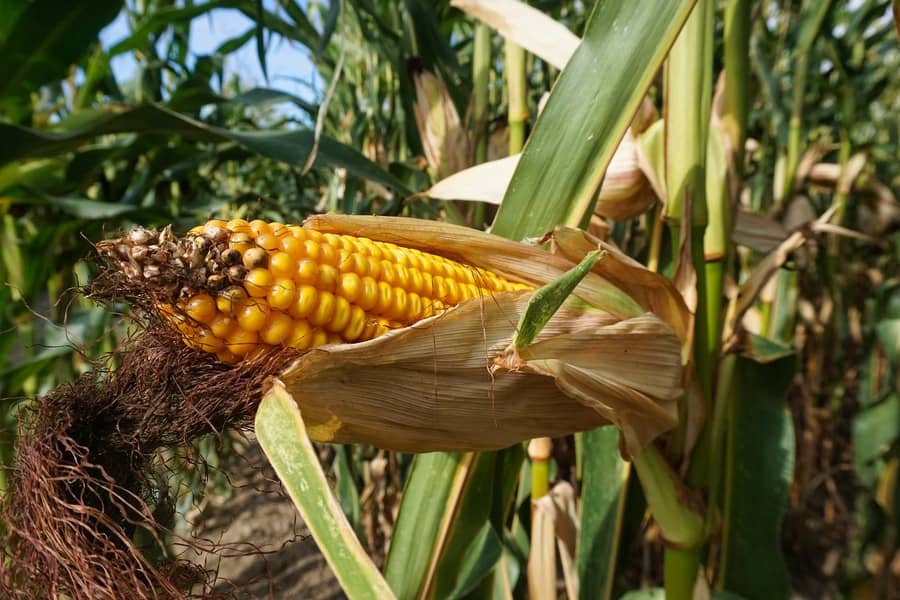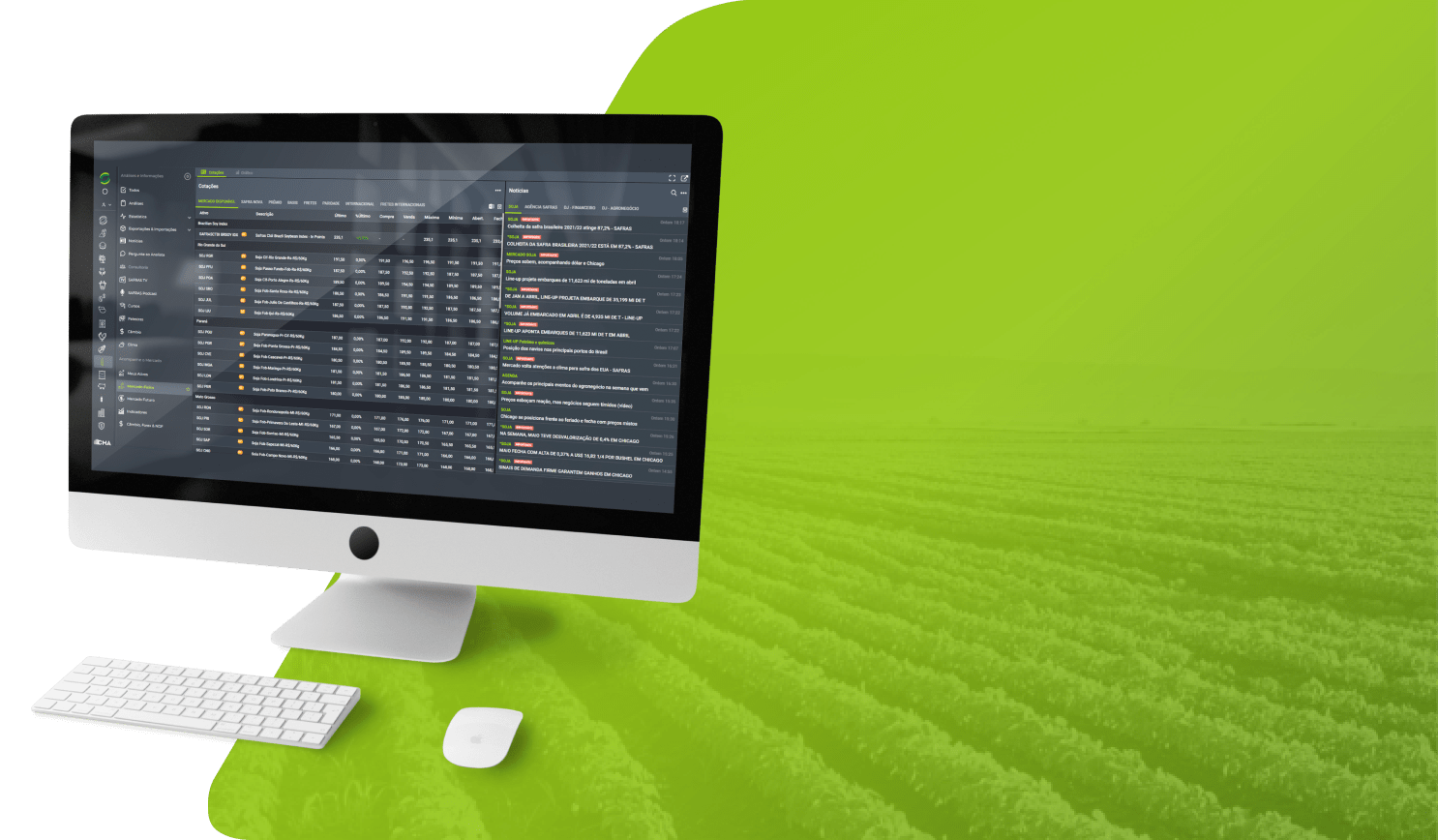Porto Alegre, February 19th, 2025 – The need for market agents to converge to the same numbers, to show “consensus”, is distorting the real size of Brazil’s grain crop this year. We have reached the point where professionals or companies are making production or demand estimates, or even supply and demand ones, without the slightest knowledge due to ongoing events. This situation has caused distortions in expectations for growers and the whole system, as in the last three years, and trading errors again. The government’s production numbers, unfortunately, are far from reality, but a simple visit to the “field” would help to provide a realistic portrait of the 2025 Brazilian crop. Now, the Brazilian market is starting to experience this situation, that is, a splendid soybean crop, with strong logistic demand starting to impact corn’s freight and flow. Growers focus on the sale, receipt, and shipment of soybeans, and put off the corn business, especially because soybeans continue to be bearish, while corn has bullish strength. Prices are beginning to rise internally due to tighter domestic supplies and complicated logistics at this time.
The dissemination of information about the crop is a common task of global information systems. However, markets are reaching a time to reassess who are the truly reliable agents in these disclosures and projections seems important. This has already been happening with the US crop in recent years, that is, companies and information sources without any credentials or structure to project production in a crop exert the power to influence expectations within the market. We noted in the corrections made by USDA in the 2024 crop last January that any of these sources projected corn crop losses at the end of the season.
In Brazil, this practice seems to be worsening. In 2024, projections of losses for the soybean crop to 125/135 mln tons, which were far from the final crop reality, were generally made by companies whose structure does not allow for making any predictions about production. In 2025, more companies without any capacity to survey the crop in Brazil. Some of them are foreign companies with only one office in São Paulo but began to project figures for Brazil. The issue is not the surveys themselves, but the errors, the attempt to create a consensus average that does not coincide with what is actually happening with the Brazilian crop. So, we have serious distortions, but they are more worrying when they arise from the government.
Corn has shown excellent summer yields, and the weather conditions in Rio Grande do Sul have not affected corn crops. However, the reduction in acreage was very strong this year, and the summer supply, with high yields in the Center-South, does not compensate for the decline in acreage. So, what we have is a summer crop below the consumption of the first half of the business year, from February to July.
Safras & Mercado will be updating the supply and demand chart for the last and new crops this week. The carryover stocks from 2024 to 2025 should be close to 8 mln tons, which, added to the summer crop, forms a volume that is still lower than the potential demand for the semester, which should be between 40 and 44 mln tons. Some reduction in crushing by the ethanol industries is the only factor that could equalize part of this demand, which seems far from happening. Therefore, to close the semester by July, the domestic market will need the production of 8 to 10 mln tons from the second crop in June and July to complement domestic demand. The Paraguayan crop may also arise in this period, which will also help with this complement.
Therefore, we have a long way to go to ensure domestic supply until the arrival of the 2025 second crop, which this year does not have the same profile as 2024 with the harvest in May. This year’s second crop should be reaped from the end of June in line with the planting rate. Then, the summer harvest will take place and meet regional demand. Consumers do not seem to have prepared for this moment in the domestic corn market, that is, the difficulty in regional supply, the high transportation costs due to the huge soybean crop, the widespread lack of stocks of the consumer sector, and also the lack of concern about the exit of almost 600 thousand tons of corn for exports via Rio Grande do Sul in February and March.
With extremely high soybean productivity and concerns about fulfilling contracts, growers are giving preference to the flow of soybeans and the planting of the 2025 second crop. There is corn in silos, there is corn in the warehouses of cooperatives and traders, but the logistical preference at this time is soybeans. The rush for corn closer to the consumer makes this issue of freight and CIF prices easier. In some locations, this is generating support for highs, such as in São Paulo, Paraná, Goiás, and Minas Gerais, which should spread to other regions. Rio Grande do Sul, which is still in the reaping stage, has supply, prices have stopped falling, and also has the soybean harvest ahead.
Corn imports from Argentina for March/April and May would currently be between BRL 100/105 CIF factory under a drawback regime. Therefore, the domestic market cannot use this variable as a point of equilibrium for domestic prices, since imports are currently bullish. We cannot be surprised if, in a few weeks from now, some national company spreads the rumor that it imported a ship from Argentina in an attempt to generate an adjustment in domestic prices, as well as using its entire structure with B3 brokerages to try to curb highs in futures prices. In fact, this scenario shows that we will have a competitive semester in terms of supply and domestic prices.
Meanwhile, in terms of exports, trading companies are already increasing demand for Brazilian corn for shipments from July to December. While normal premiums indicate an export parity of BRL 69/70, many trading companies are maintaining port prices at BRL 72/73 for these shipments, that is, with higher premiums. Growers are not yet selling the second crop in large volumes due to the slightly later planting scenario and concerns about the weather. Perhaps, from April and May, with the second crop more consolidated, selling interest will improve. The concern for the domestic market is greater, as the first batches from the harvest may be absorbed by exporters and may complicate domestic supply a little more at the end of the first half of the year.
The planting of the corn second crop is progressing well now. However, we are in the traditional planting window, February-March. Most pollination and silking will occur between the end of March and April, besides putting part of the second crop at risk of frost in late May and June. Without La Niña, the scenario for frost is milder, however, the rainfall regime in the Midwest will be key for prices in this first half of the year. The rain has fallen in good conditions in second-crop regions and, for now, there are no problems in the plantations already under development in growing regions.
Safras News








